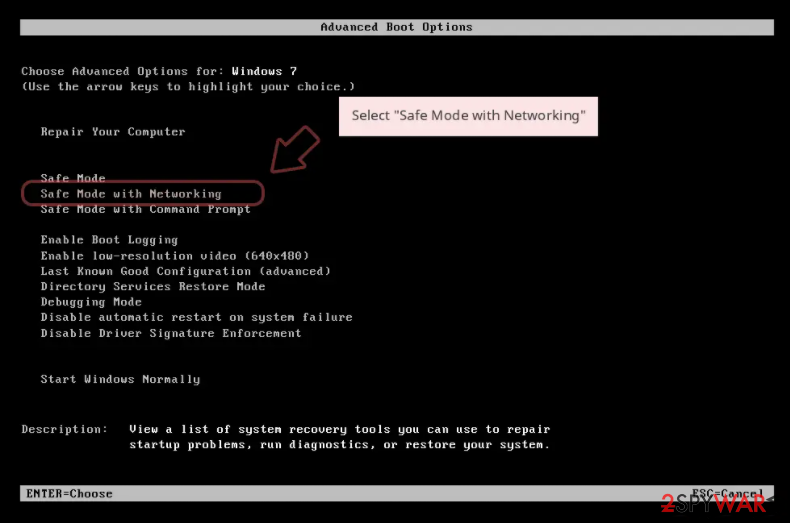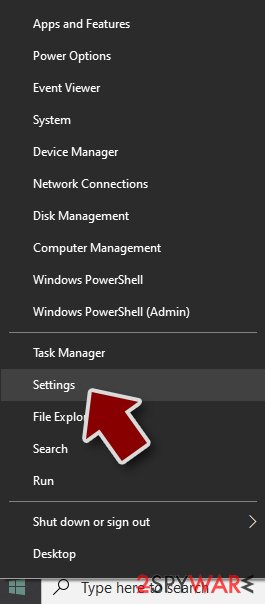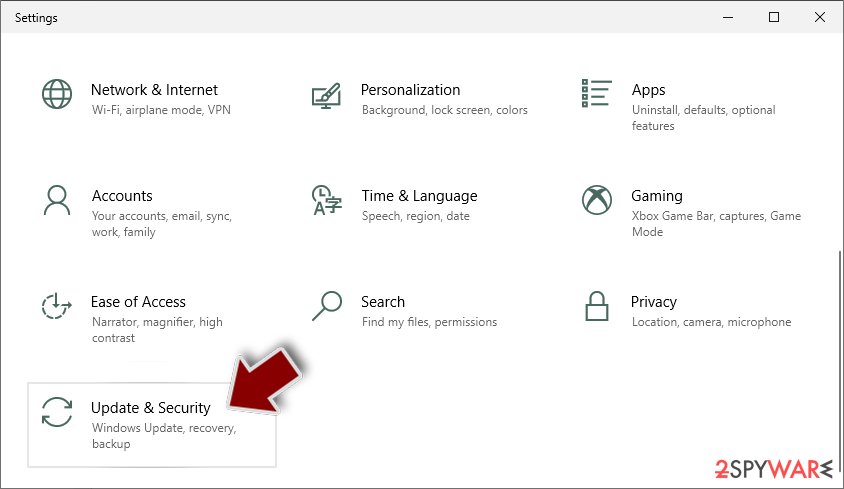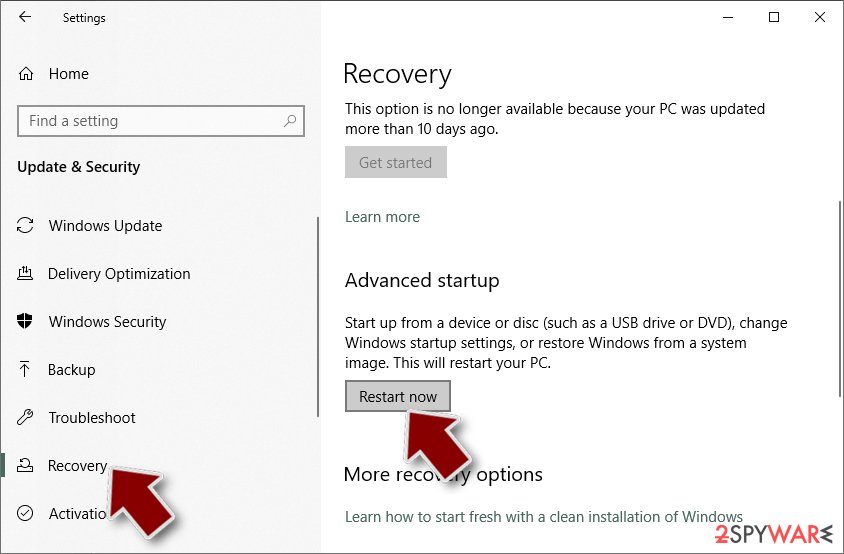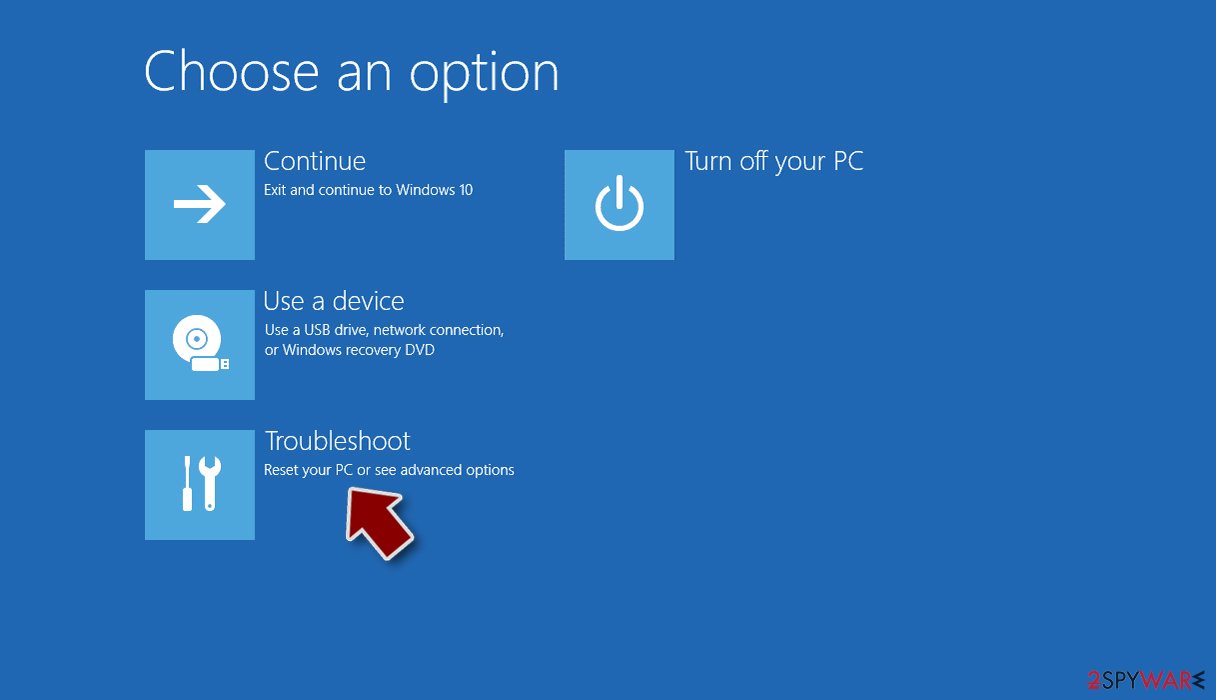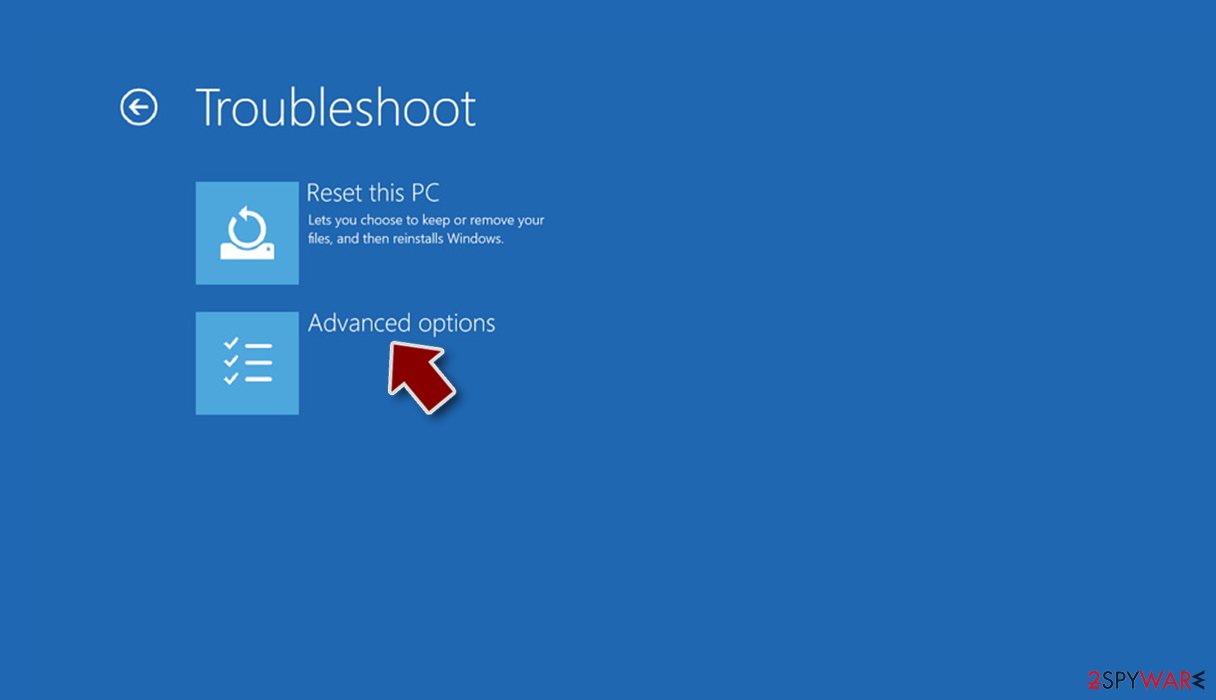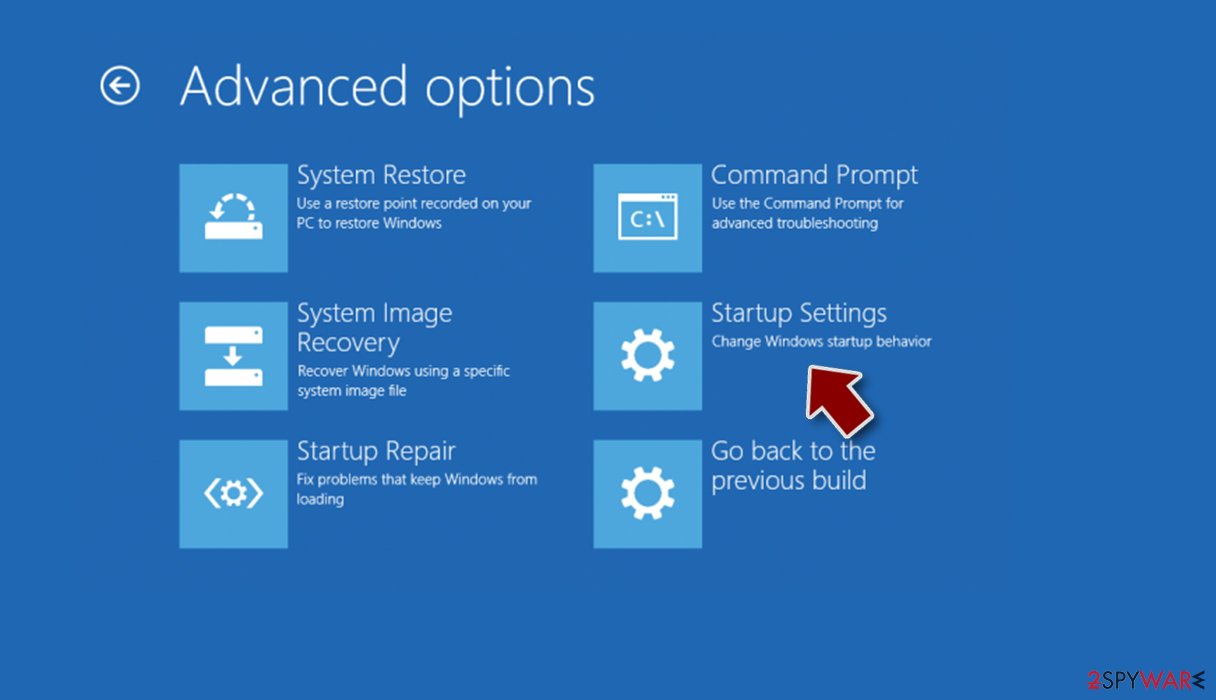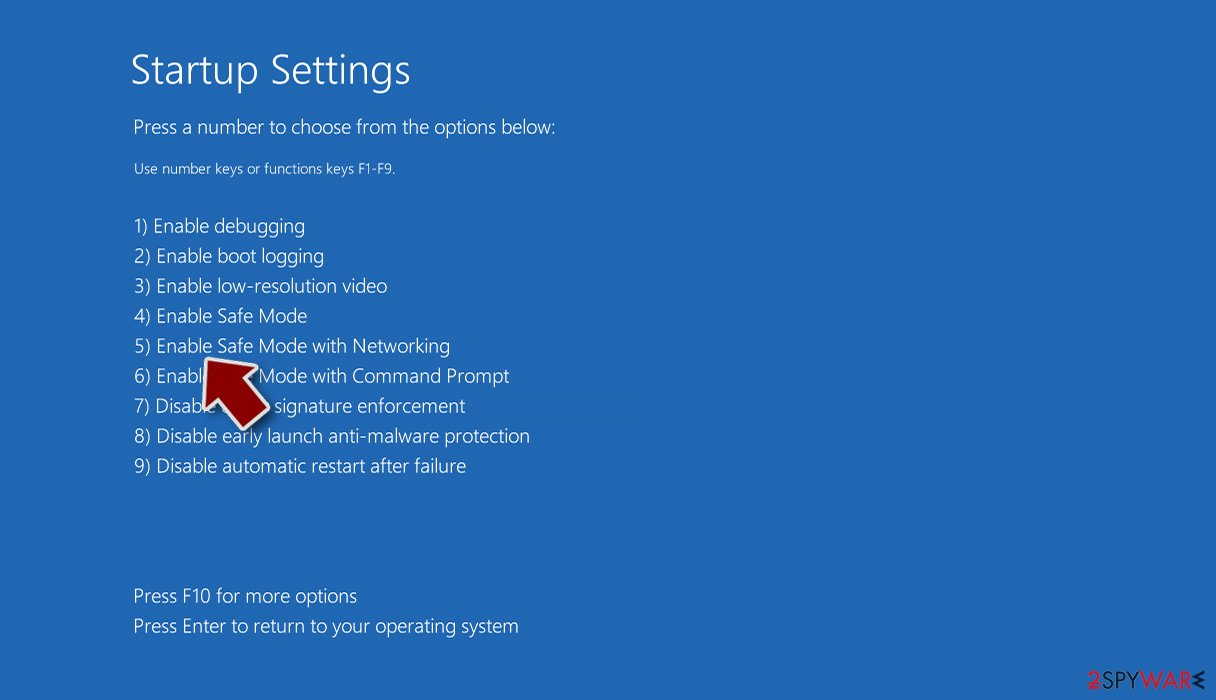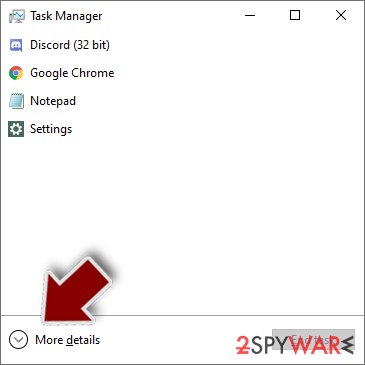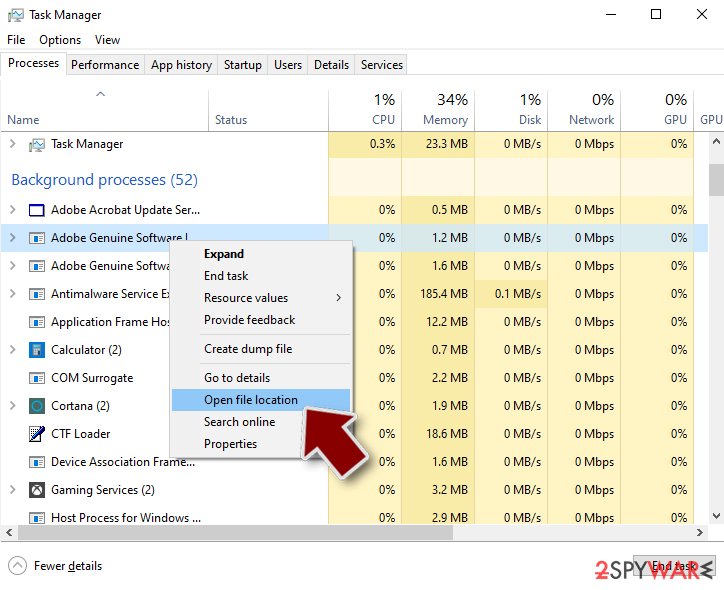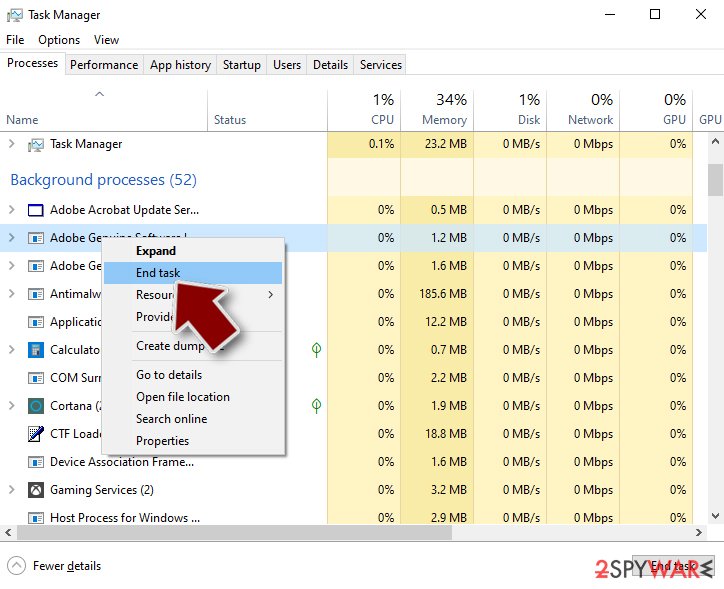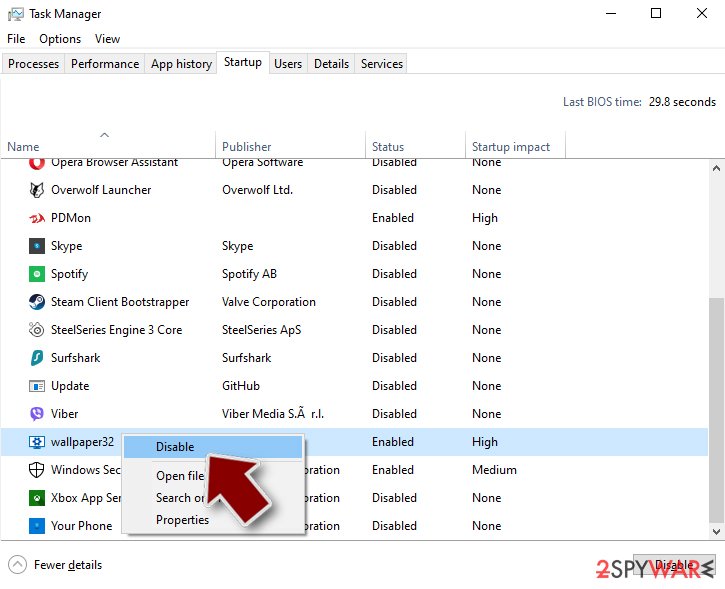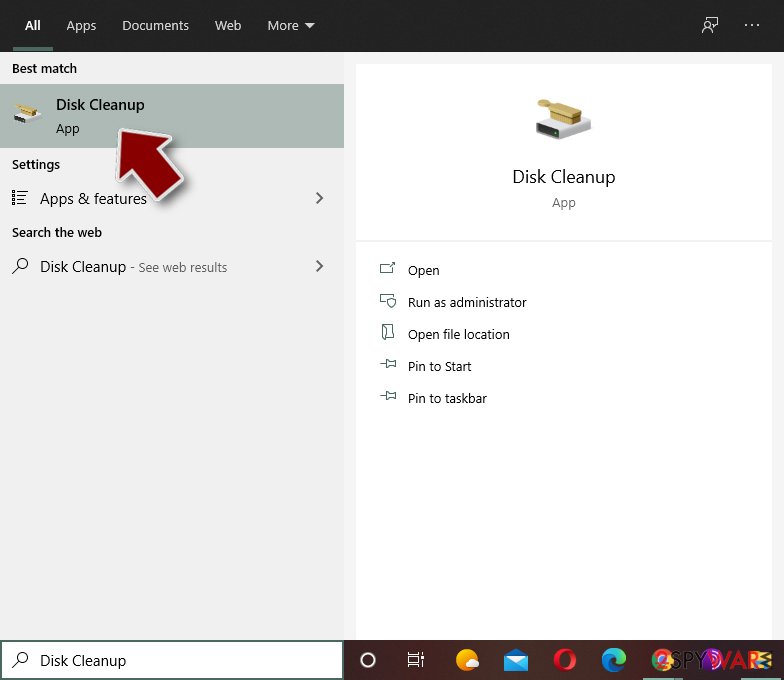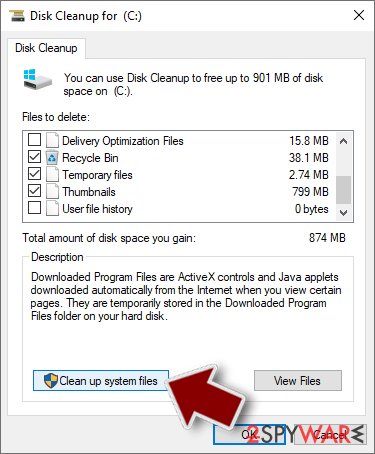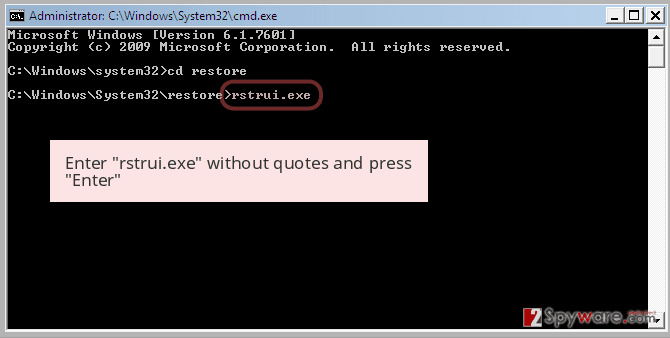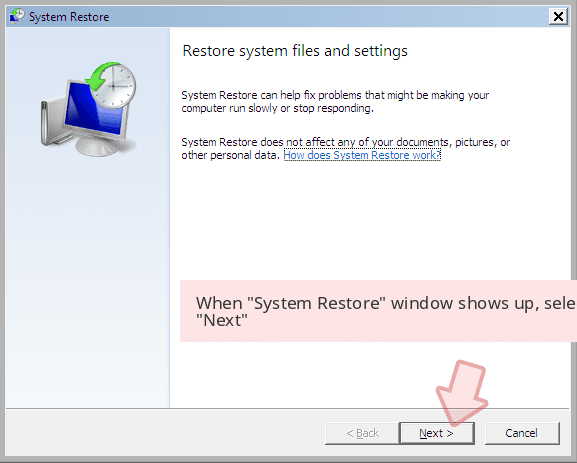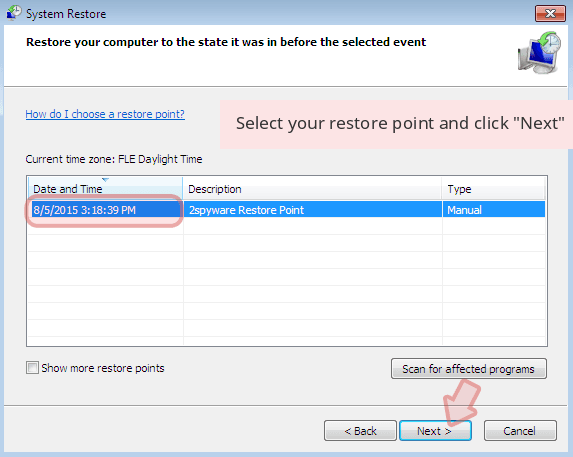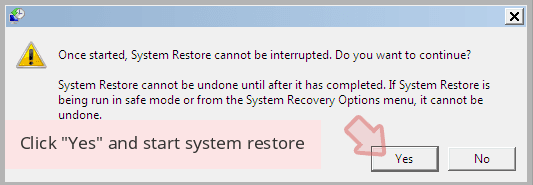“Critical Security Warning!” virus (Tech Support Scam) - Virus Removal Instructions
“Critical Security Warning!” virus Removal Guide
What is “Critical Security Warning!” virus?
Don’t get fooled by “Critical Security Warning!” pop-ups
“Critical Security Warning!” virus is about to change the misconception about Mac operating system being less vulnerable to malware infections. Indeed, in this day and age, targeting only Windows PCs is not what the malware creators are going to limit themselves to. We can see an increasing number of infections being designed specifically for Mac OS X, Android and even Linux operating systems, successfully infecting them and terrorizing the victims [1]. Critical Security Warning! malware only proves this point. Belonging to the category of Tech Support Scams [2], this virus is not especially malicious by nature but is sure a twisted one. It all starts with a stealthy system infiltration. Tech Support malware does not travel alone. Thus it needs carrier programs to be able to reach computers. And these programs are mostly deployed on the computers with the help of software bundling technique [3]. Bundling is a web marketing technique that involves spreading two or more programs in a single package and, typically, installing them all at the same time. When malware developers exploit this software distribution method, they rebundle these packages and add potentially unwanted programs next to the regular ones. Thus, when carrying “Critical Security Warning!” removal, you should look for unfamiliar components that might have been recently installed or simply scan the computer automatically, using FortectIntego or similar anti-malware software.
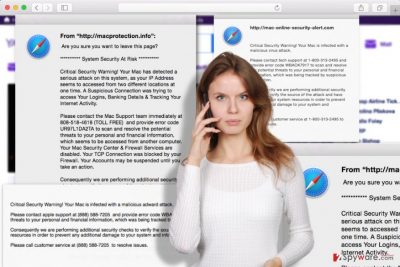
As we have already made it clear how “Critical Security Warning!” hijack works, let us now discuss how this virus behaves on the infected system. One of the most obvious things it does is, of course, generating misleading pop-ups [4]. In fact, these threatening notifications are usually displayed on malicious sites that the victims are forcefully redirected to. Since it is a Tech Support Scam, the virus tries to an impression that the computer is severely damaged and can only be fixed with the help of certified technicians [5]. The scammers press the victims into calling a toll-free number +1-888-225-6662 and contacting certified Apple technicians, who will supposedly help protect your personal files, logins, banking credentials and other sensitive information that is supposedly put at risk by the virus. In reality, you will put yourself at higher risk by calling the indicated number as the scammers may attempt to gain access to your system or sell you questionable software or services. We should point out that the malicious script implemented in these fraudulent sites may even prevent you from closing your browser to enhance the legitimacy of the situation. Nevertheless, you can still terminate the application from the Activity Monitor panel, and all the critical warnings should disappear. Once you do that, you should immediately take steps to remove “Critical Security Warning!” from your computer. To help you with that, we give some useful tips and tricks at the end of the article.
How can you prevent yourself from unknowingly acquiring this virus?
We should remind you that “Critical Security Warning!” PUP mainly spreads bundled inside freeware and shareware packages. This means that to avoid it, you should pay careful attention to what you are downloading and installing on your computer. So, the first thing you can do to prevent the virus from reaching your computer is downloading content only from the trusted web sources. Also, we recommend installing software via Advanced or Custom settings which will reveal the additional installs, and, hopefully, the disguised “Critical Security Warning!” virus. You should opt out the suspicious components manually.
“Critical Security Warning!” removal tips:
Since the scammers spread “Critical Security Warning!” virus under various shapes and titles, it might be quite difficult to locate the malicious program on the computer yourself. Luckily, it is not a problem since there are specialized software that will detect all the malicious files and remove “Critical Security Warning!” PUP automatically. You just need to obtain such a tool and run a full system scan. Of course, we cannot exclude the people who may prefer manual “Critical Security Warning!” removal. A step-by-step guide below this article will explain how to carry out the elimination safely.
Getting rid of “Critical Security Warning!” virus. Follow these steps
Manual removal using Safe Mode
In order to close your browser when it is being blocked by a virus, press Command + Option + Escape, select Google Chrome and press “Force Quit”
Important! →
Manual removal guide might be too complicated for regular computer users. It requires advanced IT knowledge to be performed correctly (if vital system files are removed or damaged, it might result in full Windows compromise), and it also might take hours to complete. Therefore, we highly advise using the automatic method provided above instead.
Step 1. Access Safe Mode with Networking
Manual malware removal should be best performed in the Safe Mode environment.
Windows 7 / Vista / XP
- Click Start > Shutdown > Restart > OK.
- When your computer becomes active, start pressing F8 button (if that does not work, try F2, F12, Del, etc. – it all depends on your motherboard model) multiple times until you see the Advanced Boot Options window.
- Select Safe Mode with Networking from the list.

Windows 10 / Windows 8
- Right-click on Start button and select Settings.

- Scroll down to pick Update & Security.

- On the left side of the window, pick Recovery.
- Now scroll down to find Advanced Startup section.
- Click Restart now.

- Select Troubleshoot.

- Go to Advanced options.

- Select Startup Settings.

- Press Restart.
- Now press 5 or click 5) Enable Safe Mode with Networking.

Step 2. Shut down suspicious processes
Windows Task Manager is a useful tool that shows all the processes running in the background. If malware is running a process, you need to shut it down:
- Press Ctrl + Shift + Esc on your keyboard to open Windows Task Manager.
- Click on More details.

- Scroll down to Background processes section, and look for anything suspicious.
- Right-click and select Open file location.

- Go back to the process, right-click and pick End Task.

- Delete the contents of the malicious folder.
Step 3. Check program Startup
- Press Ctrl + Shift + Esc on your keyboard to open Windows Task Manager.
- Go to Startup tab.
- Right-click on the suspicious program and pick Disable.

Step 4. Delete virus files
Malware-related files can be found in various places within your computer. Here are instructions that could help you find them:
- Type in Disk Cleanup in Windows search and press Enter.

- Select the drive you want to clean (C: is your main drive by default and is likely to be the one that has malicious files in).
- Scroll through the Files to delete list and select the following:
Temporary Internet Files
Downloads
Recycle Bin
Temporary files - Pick Clean up system files.

- You can also look for other malicious files hidden in the following folders (type these entries in Windows Search and press Enter):
%AppData%
%LocalAppData%
%ProgramData%
%WinDir%
After you are finished, reboot the PC in normal mode.
Remove “Critical Security Warning!” using System Restore
-
Step 1: Reboot your computer to Safe Mode with Command Prompt
Windows 7 / Vista / XP- Click Start → Shutdown → Restart → OK.
- When your computer becomes active, start pressing F8 multiple times until you see the Advanced Boot Options window.
-
Select Command Prompt from the list

Windows 10 / Windows 8- Press the Power button at the Windows login screen. Now press and hold Shift, which is on your keyboard, and click Restart..
- Now select Troubleshoot → Advanced options → Startup Settings and finally press Restart.
-
Once your computer becomes active, select Enable Safe Mode with Command Prompt in Startup Settings window.

-
Step 2: Restore your system files and settings
-
Once the Command Prompt window shows up, enter cd restore and click Enter.

-
Now type rstrui.exe and press Enter again..

-
When a new window shows up, click Next and select your restore point that is prior the infiltration of “Critical Security Warning!”. After doing that, click Next.


-
Now click Yes to start system restore.

-
Once the Command Prompt window shows up, enter cd restore and click Enter.
Bonus: Recover your data
Guide which is presented above is supposed to help you remove “Critical Security Warning!” from your computer. To recover your encrypted files, we recommend using a detailed guide prepared by 2-spyware.com security experts.If your files are encrypted by “Critical Security Warning!”, you can use several methods to restore them:
Finally, you should always think about the protection of crypto-ransomwares. In order to protect your computer from “Critical Security Warning!” and other ransomwares, use a reputable anti-spyware, such as FortectIntego, SpyHunter 5Combo Cleaner or Malwarebytes
How to prevent from getting malware
Stream videos without limitations, no matter where you are
There are multiple parties that could find out almost anything about you by checking your online activity. While this is highly unlikely, advertisers and tech companies are constantly tracking you online. The first step to privacy should be a secure browser that focuses on tracker reduction to a minimum.
Even if you employ a secure browser, you will not be able to access websites that are restricted due to local government laws or other reasons. In other words, you may not be able to stream Disney+ or US-based Netflix in some countries. To bypass these restrictions, you can employ a powerful Private Internet Access VPN, which provides dedicated servers for torrenting and streaming, not slowing you down in the process.
Data backups are important – recover your lost files
Ransomware is one of the biggest threats to personal data. Once it is executed on a machine, it launches a sophisticated encryption algorithm that locks all your files, although it does not destroy them. The most common misconception is that anti-malware software can return files to their previous states. This is not true, however, and data remains locked after the malicious payload is deleted.
While regular data backups are the only secure method to recover your files after a ransomware attack, tools such as Data Recovery Pro can also be effective and restore at least some of your lost data.
- ^ Javier Guerrero. Malware and operating systems. Pandasecurity. All the info about your cybersecurity.
- ^ Technical support scams on the rise: don’t become prey for a fraudster!. VirusActivity. News about the latest virus activity .
- ^ Neil Kokemuller. Product Bundling Strategy. Chron. Houston news, sports, entertainment, search and shopping from the online home of the Houston Chronicle.
- ^ Types of Pop-ups. SpamLaws. Site dedicated to providing accurate and up-to-date information on issues affecting Internet security and scams.
- ^ Tech Support Scams. Samsa. Web-based applications, mobile development, networking, server management, secure VPN, web development, eCommerce, hosting, computer sales .
